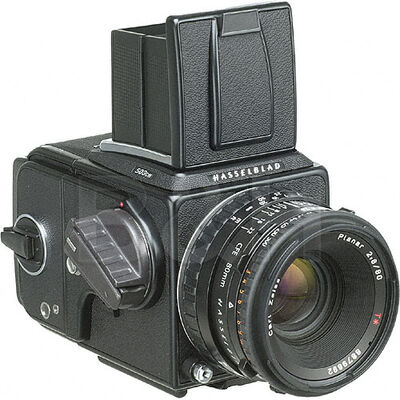Best Method of Writing on Back of Paper Photographs
Nov 15, 2021 14:09:51 #
Carl1024
Loc: Kaneohe, HI 96744
i 2nd the phase @ the end.
..........................................thread ends.....................................................
..........................................thread ends.....................................................
Nov 15, 2021 14:26:19 #
Nov 15, 2021 14:59:49 #
E.L.. Shapiro wrote:
"Archival" inks and tapes do not mean th... (show quote)
Good advice!
I've scanned or copied thousands of other peoples' photo prints for class reunion slide shows. lifetime retrospective biographies, and corporate awards night videos. There is no end to the list of ways folks deface photos without knowing that they are doing so. Sometimes it takes years for damage to show up, as in acid transfer from album pages to photos mounted in or on them.
Paper clips, tapes, rubber bands, and ballpoint pens seem to do the worst damage, outside of water, sunlight, and air pollution. Acidic paper or PVC album pages are also big offenders. If you want photographic prints to last, keep them in acid free pages, in acid free binders, in a dark place where the temperature and humidity remain stable.
If you want color to last, get pigment-based inkjet prints made on fiber-based, and baryta coated papers.
There are plenty of archival preservation materials available to photographers. Just use a search engine and you'll find them.
Nov 15, 2021 15:07:47 #
Carl1024
Loc: Kaneohe, HI 96744
burkphoto wrote:
Good advice! br br I've scanned or copied thousan... (show quote)
I'll do a followup on this, thanks
Nov 15, 2021 15:09:38 #
rcscruffy wrote:
Sakura Micron pens are Archival ink. Several sizes to choose from. Art Supply stores, Michael's, Hobby Lobby carry them.
Sometimes, on photographic paper or non-porous surface, it takes a few seconds for the ink to dry.
.005 is probably too fine. Start with 01 and work your way up until you find the tip size you like.
Sometimes, on photographic paper or non-porous surface, it takes a few seconds for the ink to dry.
.005 is probably too fine. Start with 01 and work your way up until you find the tip size you like.
Nice advice




Nov 15, 2021 17:52:57 #
I've often used small Post-It notes. The glue seems to be safe and they are easy to remove without any trace. Write on the note before attaching it to the photo to avoid damaging the photo.
Nov 15, 2021 18:06:53 #
Nov 15, 2021 18:45:03 #
Digitize each photo and then follow it with a text with the necessary detail (or put the text first).
Bud
Bud
Nov 16, 2021 00:24:02 #
RodeoMan
Loc: St Joseph, Missouri
We may be discussing different categories of photographs. For the photograph that is destined for a gallery, then great caution should be taken with how this image is identified. However there is another sort of photograph and that is an image of family or friends, places, events, etc all sorts of things that define our lives and that we would like to have correctly identified and also those finding these images in the future will appreciate having them identified. I have been looking at and buying old photographs in antique and thrift stores for several decades. I am usually frustrated by a complete lack of identification or something less than helpful such as "Mom's sister's other husband".
I have never seen an image with accompanying identifying information on a separate piece of paper. Here is what works for me. I use a light blue pen or a light pencil with light blue lead, preferably both rated safe for photographs. Then I write the identifying information behind a dark area of the print. Thus, for example, the writing would be placed behind the trees, houses, landscape and not behind the blue sky.
I have never seen an image with accompanying identifying information on a separate piece of paper. Here is what works for me. I use a light blue pen or a light pencil with light blue lead, preferably both rated safe for photographs. Then I write the identifying information behind a dark area of the print. Thus, for example, the writing would be placed behind the trees, houses, landscape and not behind the blue sky.
Nov 16, 2021 01:16:08 #
SAVH wrote:
Having tried several of the above methods, I still have had the problem of "embossing" the photo. I find that writing the information on a small label and sticking it to the back of the photo works very well and avoids the problems of rubbing off on another photo if put in a stack and the threat of embossing.
Scotty
Scotty



If you want to reply, then register here. Registration is free and your account is created instantly, so you can post right away.



